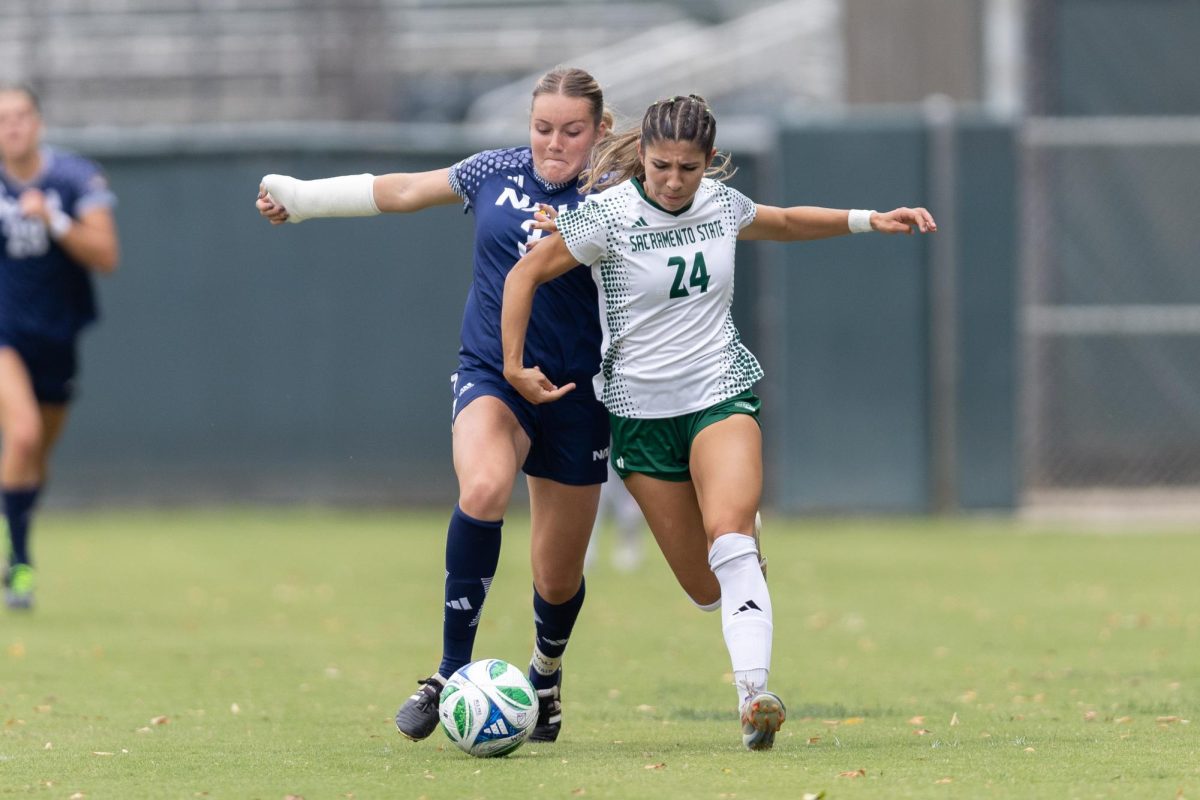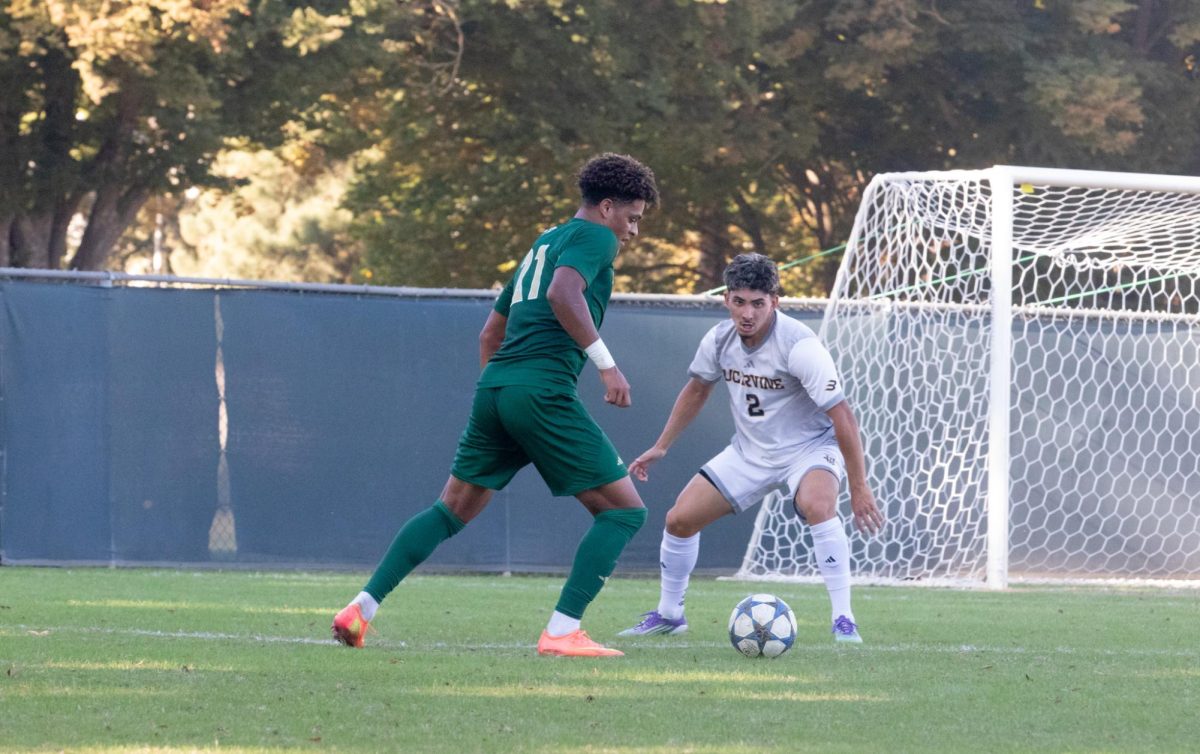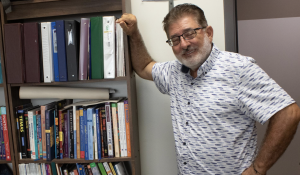Higher student-to-teacher ratio after lecturer cutbacks
October 20, 2010
Class sizes have increased from 40 to 60 students in some classes as approximately 200 part-time lecturers have lost their jobs last school year.
Lois Boulgarides, interim president of the Capitol chapter of the California Faculty Association, said this created a larger student-to-teacher ratio. She said lecturers used to have an average of 40-to-1 student-to-lecturer ratio, but with cutbacks, some now have a 60-to-1 ratio. Others have a 120-to-1 ratio.
Boulgarides said fewer lecturers, larger class sizes and less variety in courses defeat the university’s mission, which is to provide quality education to students.
“Lecturers consist of 45 percent of the head count of university employees,” Boulgarides said. “Lecturers and students are tied together; they are both essential to the mission of the university.”
Each department examines faculty members’ contracts to decide whom the university should let go. Part-time faculty or lecturers with three-year contracts are chosen first, then full-time faculty with three-year contracts. Department and student evaluations are also taken into consideration, Boulgarides said.
Sacramento State spokeswoman Kimberly Nava said it depends on the department whether faculty members come back to work.
Boulgarides said lecturers found out they will not be teaching the following semester when their departments did not give them classes.
“They don’t even have to lay (part-time lecturers) off. They just don’t give (part-time lecturers) work,” Boulgarides said.
Government department lecturer Steve Iverson said he did not find out until the end of December 2009 that he was not going to teach in spring 2010. When he officially lost his job on Jan. 4, he had to go on unemployment insurance and lost all his benefits.
“(I) looked for other possibilities in community colleges, out of state, and internationally,” said Iverson, who was notified in July that he will be teaching again this semester.
Even though Iverson was given back his job at Sac State, and stimulus funds have made the future look better for the university, he said he expects more layoffs in the next few years.
Boulgarides said part-time lecturers do not have job security regardless of how many years they have been teaching.
Moreover, because professors have to have a minimum of a six-unit teaching load to receive health benefits, some had chosen to retire early to keep their benefits instead of losing them due to reduced teaching loads.
“They lost all priority of ever being able to teach here again,” Boulgarides said.
Boulgarides said part-time lecturers have also lost classes because of financial cutbacks on tenure-track professors’ non-teaching work, such as advising, directing graduate students and coordinating programs.
She said because there is less funding for non-teaching work, tenure-track professors have started teaching more classes, leaving fewer classes for part-time lecturers.
Tenure-track professors are expected to teach more classes while still having to do scholarly work and service to the university without reimbursement, Boulgarides said.
Boulgarides said there are no numbers on faculty members who have lost their jobs this school year.
Michelle Curtis can be reached at [email protected].


























































































































